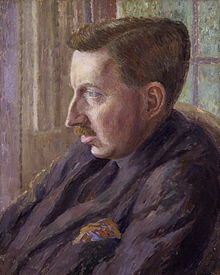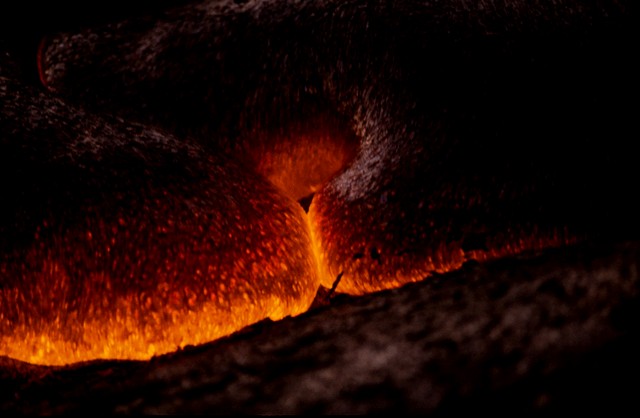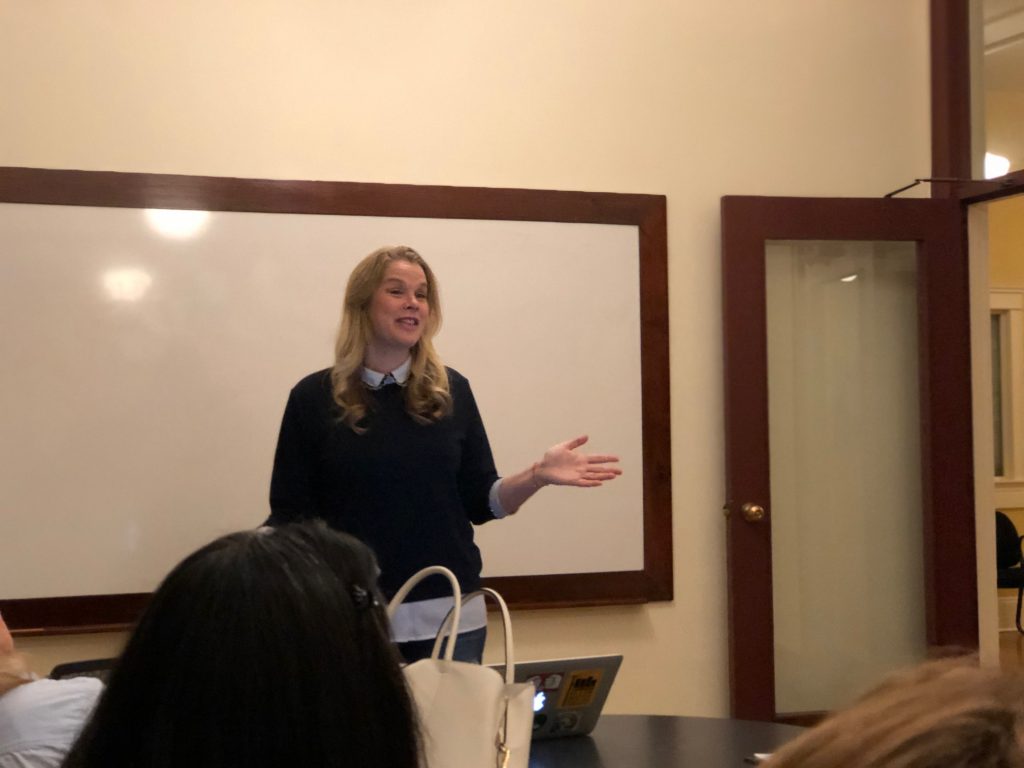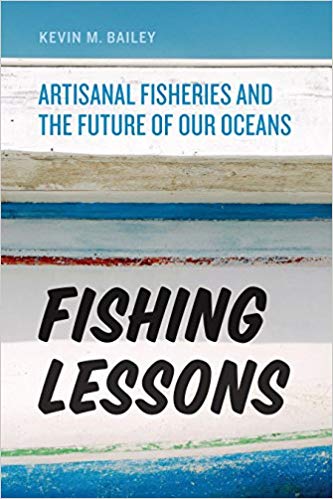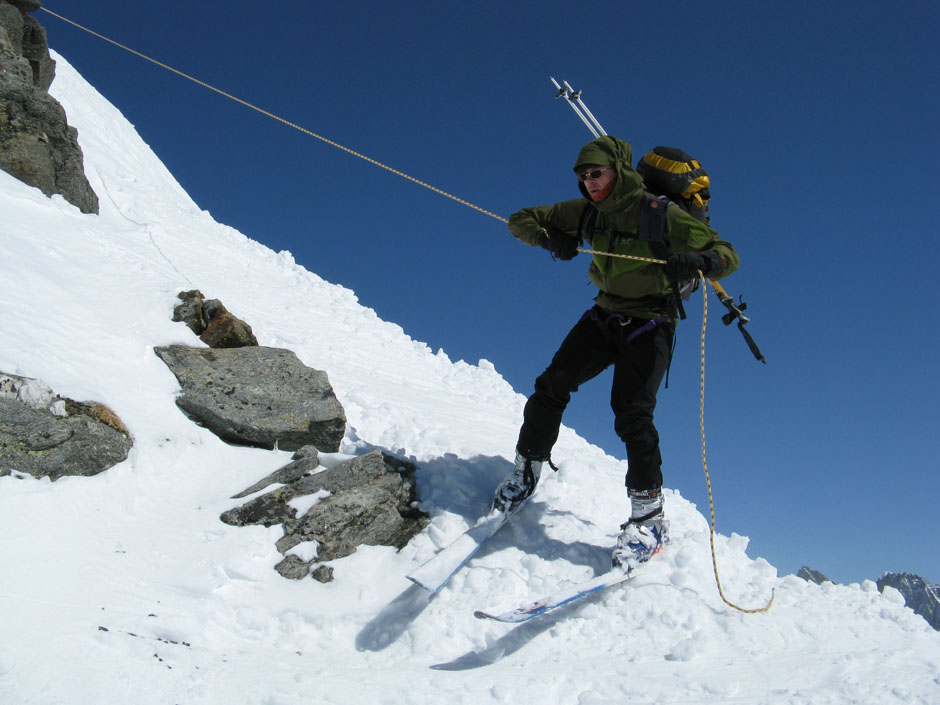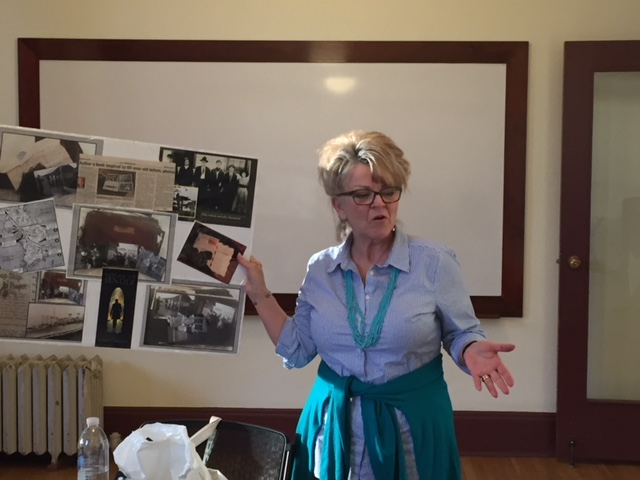Go to the library or bookstores or magazine shop and begin reading publications. Some writers wouldn’t deign to do this, but it makes all the difference. What kinds of places publish profiles of political figures? Should you send your piece about airport security to an airline magazine or a travel magazine? How do you choose which outdoor magazine to contact about a mountain biking story? Reading the publications will help you answer these questions. Magazines and newspapers have distinct personalities, almost like people. Writers need to get to know them and then the questions of where to send a story soon becomes clear.

If you don’t take time to do this, you’ll be wasting time and money. Every newspaper or magazine occupies a certain market niche, serves a particular audience and is looking for a specific kind of story. For example, don’t bother pitching a story on a national political issue to your hometown newspaper unless there is a local angle.
Get to know the publication. Visit the publication’s website for writer’s guidelines; most publications will furnish these free of charge. Then read the magazine thoroughly, look at the ads, the letters to the editor. What kind of audience are they aiming at? Socially conscious? Upwardly mobile? Cigar Aficionado will not want your story on the evils of second-hand smoke but Mother Jones might pick it up.
What’s the style of the magazine? Straight reporting? Satire? Political commentary? Are the stories long or short? Are they mostly staff-written or written by freelancers?
What part of the magazine is easiest to break into? Many magazines include a front section of short profiles, often written by freelancers. Newspapers often publish reviews of books, restaurant s, concerts that are written by freelancers. Scope out the publication to figure out which department you’ll target for your query. We’ll discuss all this in more detail in my fall Narrative Writing Class, Tell Your Story, for The Writer’s Workshop.
 The Writer's Workshop
The Writer's Workshop 
